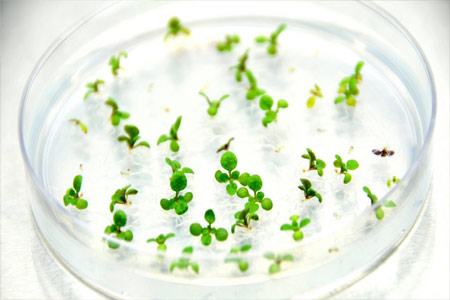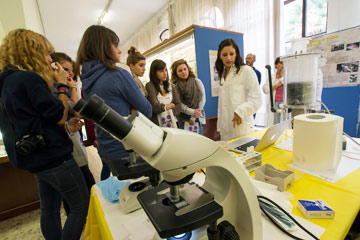Background
Alzheimer Disease (AD) is characterized by brain atrophy and by the accumulation of aggregates of the neuronal proteins beta-amyloid and Tau.
Recent studies have shown that Tau modified with the protein ubiquitin is present in the aggregates extracted from AD brains. Ubiquitination is a protein modification consisting in the attachment of chains of a small protein, ubiquitin, to protein targets; this modification plays different roles in the cell, including the regulation of protein degradation. We hypothesize that ubiquitination of Tau is relevant for the formation of aggregates in the brain of AD patients.
Research plan
Our research project aims to define the effect of ubiquitination on the structural features of Tau, on its aggregation pathway, and on its clearance. A key aspect of our novel methodology will consist in the high-yield production of homogeneous Tau products with defined ubiquitin modifications for best identification of the molecular factors affecting Tau aggregation.We propose to use a combination of chemical and biochemical approaches for our studies; the experiments will be conducted in vitro and successively validated in cell.
Impact
We expect that our findings will provide the molecular basis for the identification of new pharmaceutical targets and for the development of drug compounds for the treatment of AD and other tauopathies.







